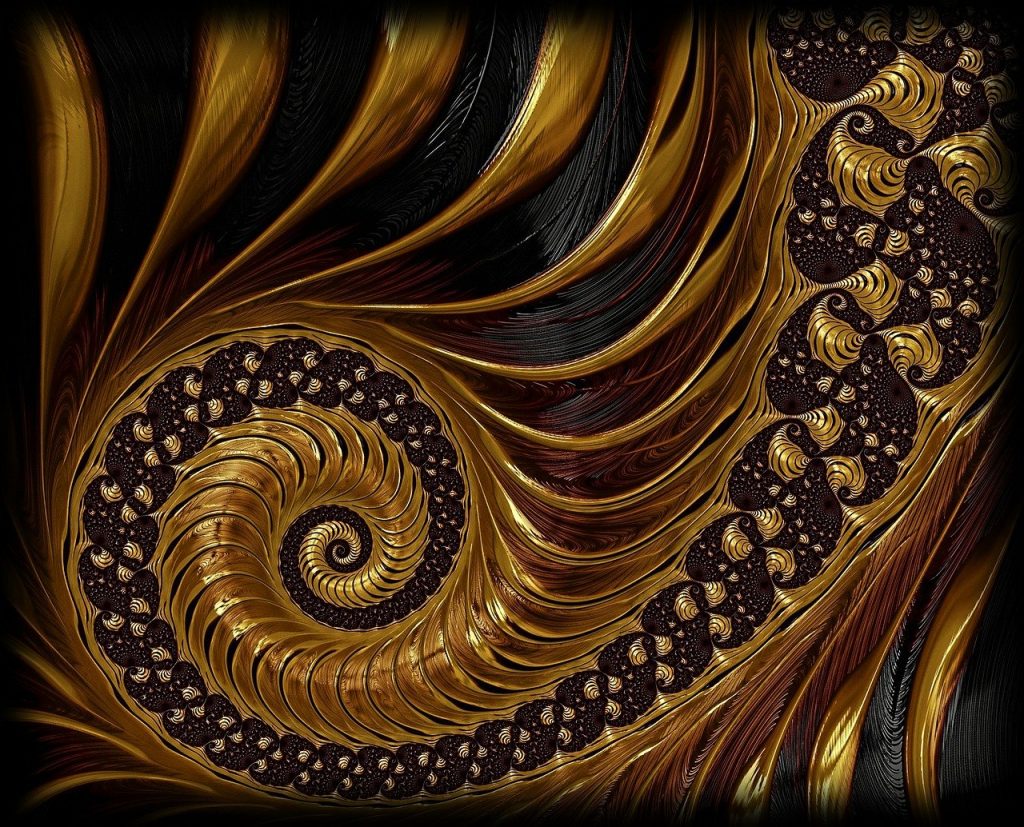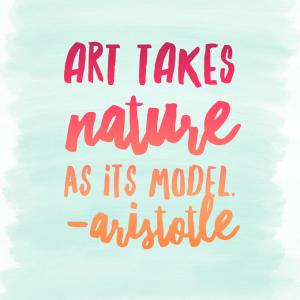
Understanding the Idea of ‘Spiral Art’
Spirals have always been popular as ornaments. It is even asserted that, there was no epoch in the cultural development of man from the Stone Age, to the present day in which the spiral was not found as a gestalt symbol. The most important reason for the abundant occurrence of the spiral in art is probably the numerous models in nature. The spiral shape often becomes obtrusive when designing movements, for example when drawing or dancing. There is also the theory that in pottery cultures, the spiral was discovered in the creative use of the rotating work surface.
The shapes of spirals were used particularly extensively in ancient Greece. This is reflected, among other things, in the Ionic column, the capital of which tapers in a spiral on both sides. Not only Archimedean spirals appear, but also those that come close to a logarithmic one.
In mosaics, you will mostly find spirals in the form of periodic wave patterns, but figures that resemble the fruit cluster of a sunflower and thus contain numerous logarithmic spirals also appear.
Of course, a large number of spirals can also be found in the field of painting. Many famous artists took a closer look at these forms, such as Leonardo da Vinci, who not only used helical lines and spirals in his pictures, but also in his technical and architectural work.
In his “Instruction in Measurement”, Albrecht Dürer gives an approximation of a circular arc and a point-by-point construction for the Archimedean spiral . Among other things, he uses the Archimedean spiral to design a bishop’s staff. Dürer also dealt with the conical spiral and with such spirals, the radii of which grow more and more towards the outside.
In addition to Vincent van Gogh and Paul Klee, MC Escher also dealt with spiral shapes. His graphics are closely and consciously related to mathematics. Escher’s best-known representations in this context are the spherical oxodromes.
The spiral appears not only in “great art,” but also in film technology, comics, daily life, and also smart phones, where some artists use ‘mobile app development services‘ to create art.
As is often reflected in art, the spiral also has a mystical character. In contrast to the straight line, which symbolizes determined and uncompromising progressive thinking, there is something fascinatingly wasteful about it. Those who follow a spiral do not turn in a circle, but slowly but surely make progress by taking familiar things into account and looking at them from an ever higher point of view. As a symbol of change and return, it stands for many development processes in life or for life itself. The spiral shape can also be interpreted as a symbol for the past and future, for becoming and passing away. In some peoples it is an important part of rituals as body painting or tattoos, which serve to prepare for the path to the afterlife.
Here’s a video to help you understand why art is important.




